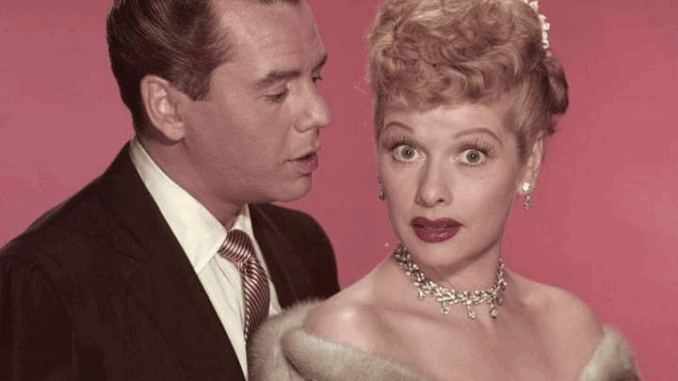
When I Love Lucy first premiered on CBS in 1951, no one could have predicted that it would become one of the most iconic and influential sitcoms in television history. Created by and starring Lucille Ball and Desi Arnaz, the show not only captivated millions of viewers each week but also pioneered many of the production techniques and storytelling styles that are still used in modern TV today.
At the heart of the series was Lucy Ricardo, a charmingly impulsive housewife who constantly found herself in comedic trouble while trying to break into show business—much to the dismay of her Cuban bandleader husband, Ricky. Lucille Ball’s physical comedy, expressive face, and impeccable timing quickly made her a beloved figure across America. Her real-life chemistry with Desi Arnaz added warmth and authenticity to their on-screen marriage.
But beyond the laughs, I Love Lucy broke barriers: it was the first sitcom to be filmed in front of a live studio audience using multiple cameras—a method that became the industry standard. It also featured one of the first interracial couples on television at a time when such portrayals were rare.
Even today, over 70 years later, I Love Lucy continues to be broadcast around the world. Its legacy endures not only because of its humor but because it changed what television could be.
